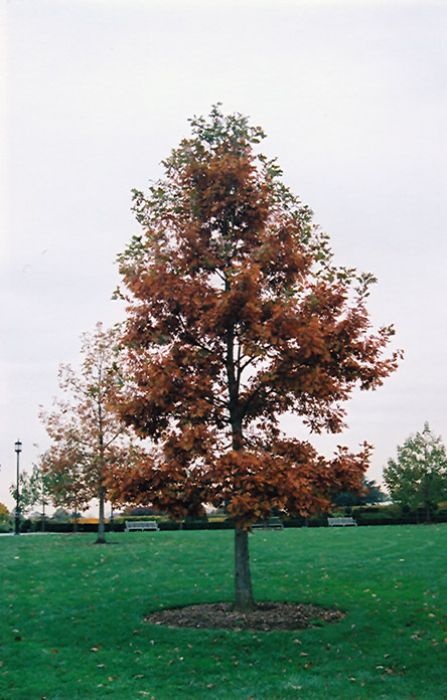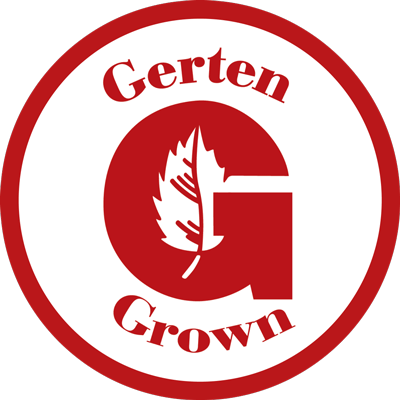Quercus, Swamp White Oak




Out of stock
Coming soon, still growing- Sun Preference
- Full-Sun
Description
One of the best large native shade trees for the Twin Cities. Open, rounded crown, yellow-brown fall color. Fast growing, performs well in heavy, wet soils; resists oak wilt.
Minnesota's Largest Selection of Trees
At Minnesota's Destination Garden Center, we offer a diverse range of trees to suit any landscaping need. Whether you're looking for shade trees to cool your home or ornamental trees to add beauty and interest, you'll find the perfect tree at Gertens. Our knowledgeable staff can help you select the right tree for your space and provide tips for care and maintenance. Visit Gertens today and explore the unmatched variety of trees to enhance your outdoor environment!
Details
Swamp White Oak | Quercus bicolor
Height: 60 feet
Spread: 60 feet
Sunlight: full sun
Hardiness Zone: 4a
Brand: Gertens
Description:
A large and imposing shade tree with an upright spreading habit of growth, best in larger landscapes and parks; extremely tough and adaptable to wet conditions but not tolerant of alkaline soils, rather slow growing; acorns attract squirrels
Ornamental Features
Swamp White Oak has dark green deciduous foliage which emerges grayish green in spring on a tree with a round habit of growth. The glossy lobed leaves turn coppery-bronze in fall. However, the fruit can be messy in the landscape and may require occasional clean-up.
Landscape Attributes
Swamp White Oak is a dense deciduous tree with a more or less rounded form. Its average texture blends into the landscape, but can be balanced by one or two finer or coarser trees or shrubs for an effective composition.
This tree will require occasional maintenance and upkeep, and is best pruned in late winter once the threat of extreme cold has passed. It is a good choice for attracting squirrels to your yard. Gardeners should be aware of the following characteristic(s) that may warrant special consideration;
- Messy
Swamp White Oak is recommended for the following landscape applications;
- Shade
Planting & Growing
Swamp White Oak will grow to be about 60 feet tall at maturity, with a spread of 60 feet. It has a high canopy with a typical clearance of 6 feet from the ground, and should not be planted underneath power lines. As it matures, the lower branches of this tree can be strategically removed to create a high enough canopy to support unobstructed human traffic underneath. It grows at a slow rate, and under ideal conditions can be expected to live to a ripe old age of 300 years or more; think of this as a heritage tree for future generations!
This tree should only be grown in full sunlight. It is an amazingly adaptable plant, tolerating both dry conditions and even some standing water. It is not particular as to soil type, but has a definite preference for acidic soils, and is subject to chlorosis (yellowing) of the foliage in alkaline soils. It is quite intolerant of urban pollution, therefore inner city or urban streetside plantings are best avoided. This species is native to parts of North America.
More Information
| Gerten Grown Plants | Gerten Grown Plants |
|---|---|
| MN Native Plants | MN Native Plants |
| Tree Type | Shade & Ornamental |
| Sun Preference | Full-Sun |
| Mature Height (Range) | 50+ feet |
| USDA Hardiness Zone | 4, 5, 6, 7, 8 |
| Common Family Name | Oak |





